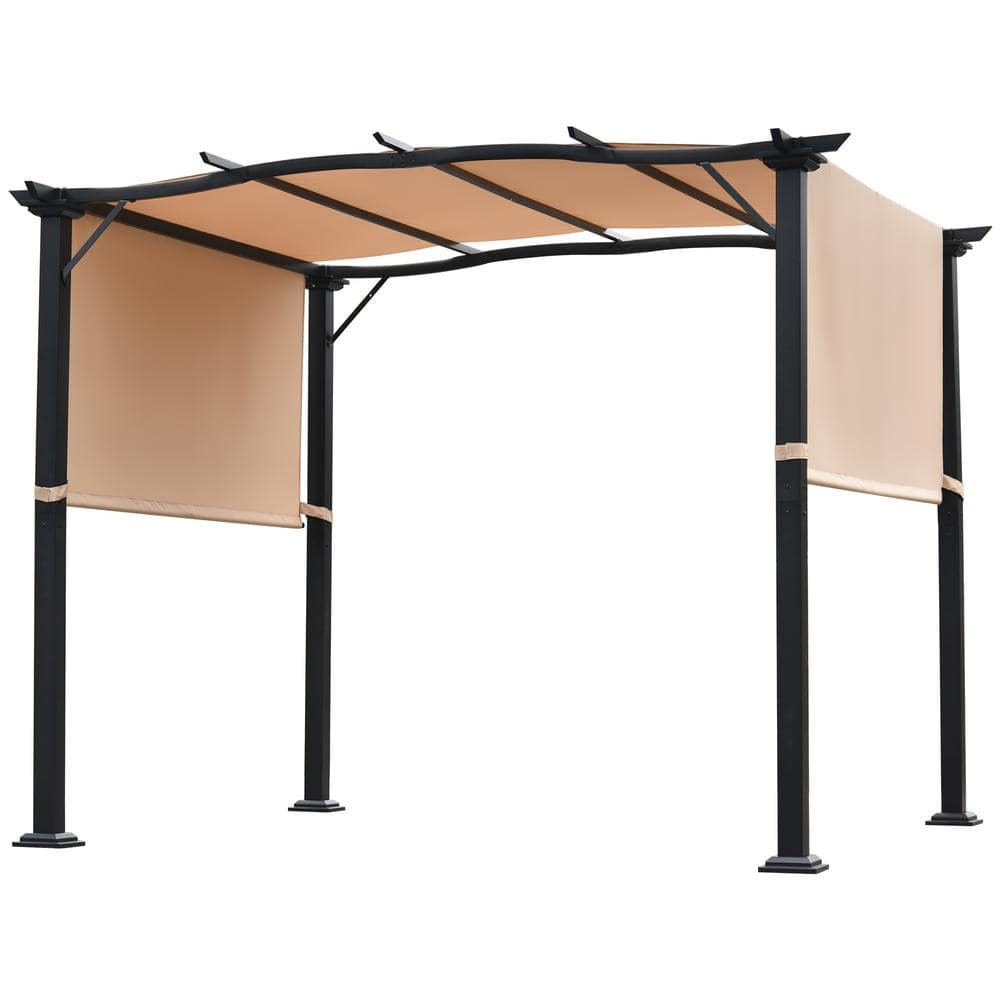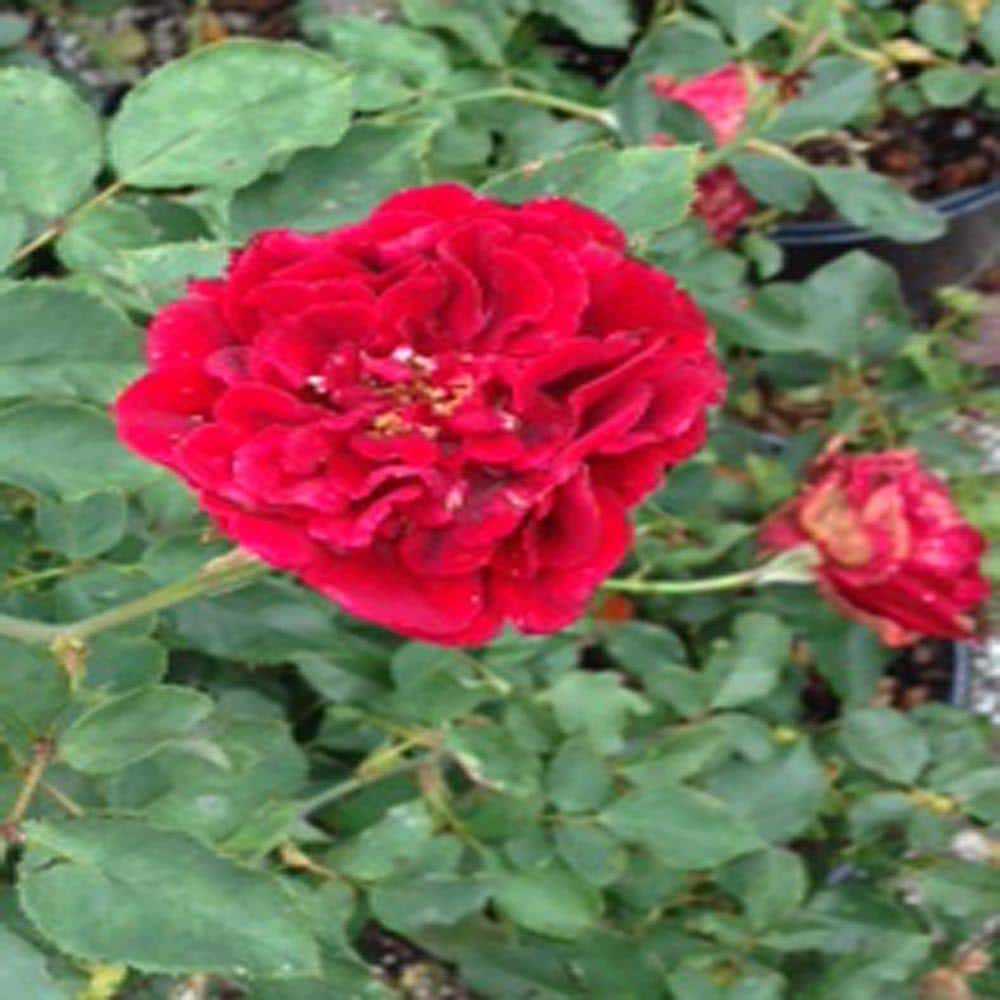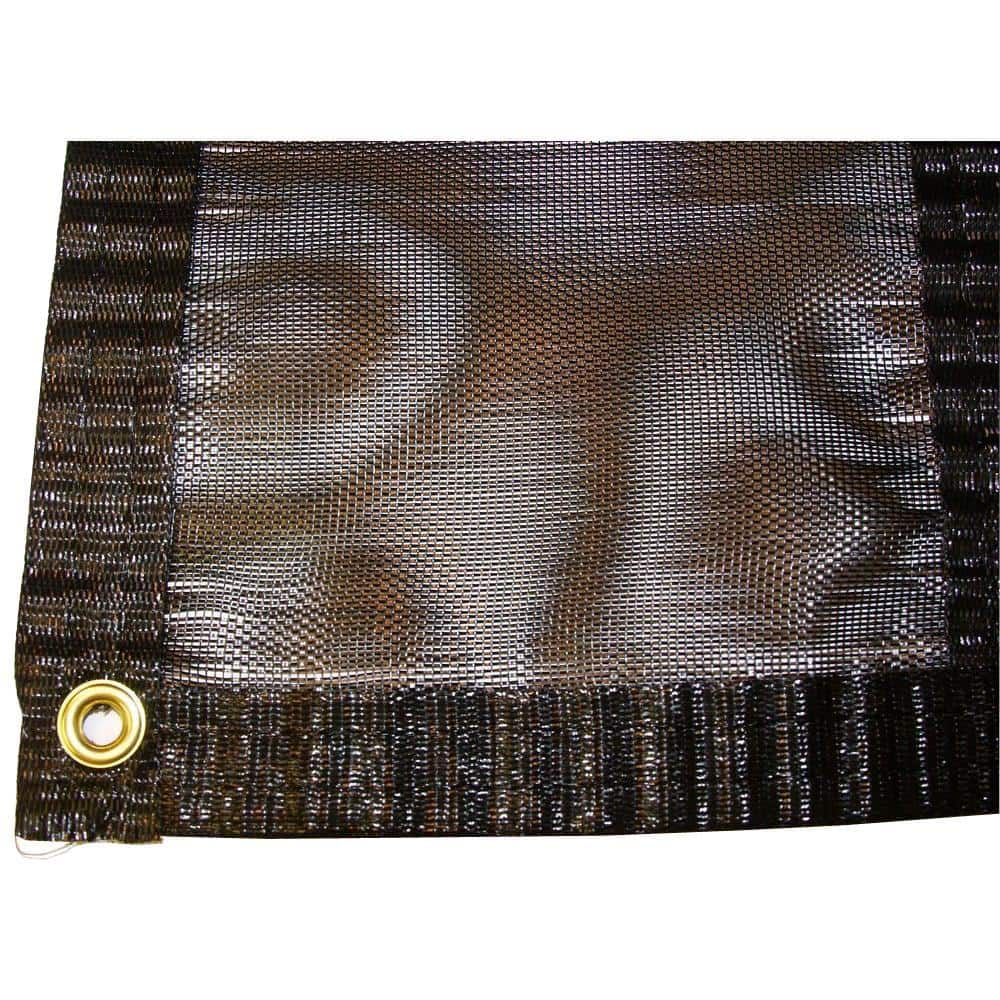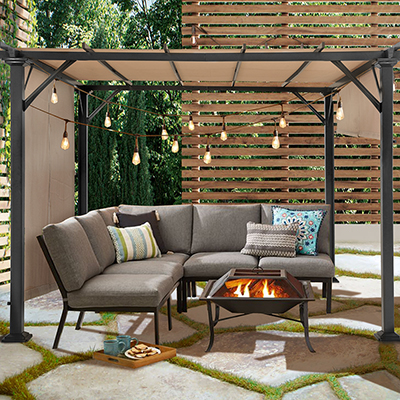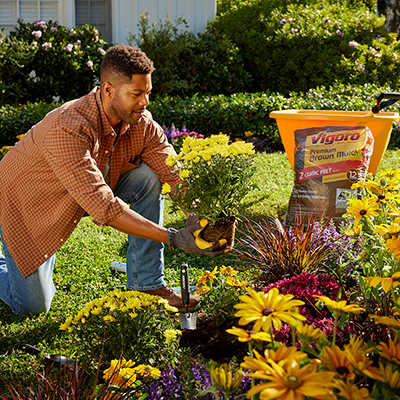How to Create Shade in Your Landscape
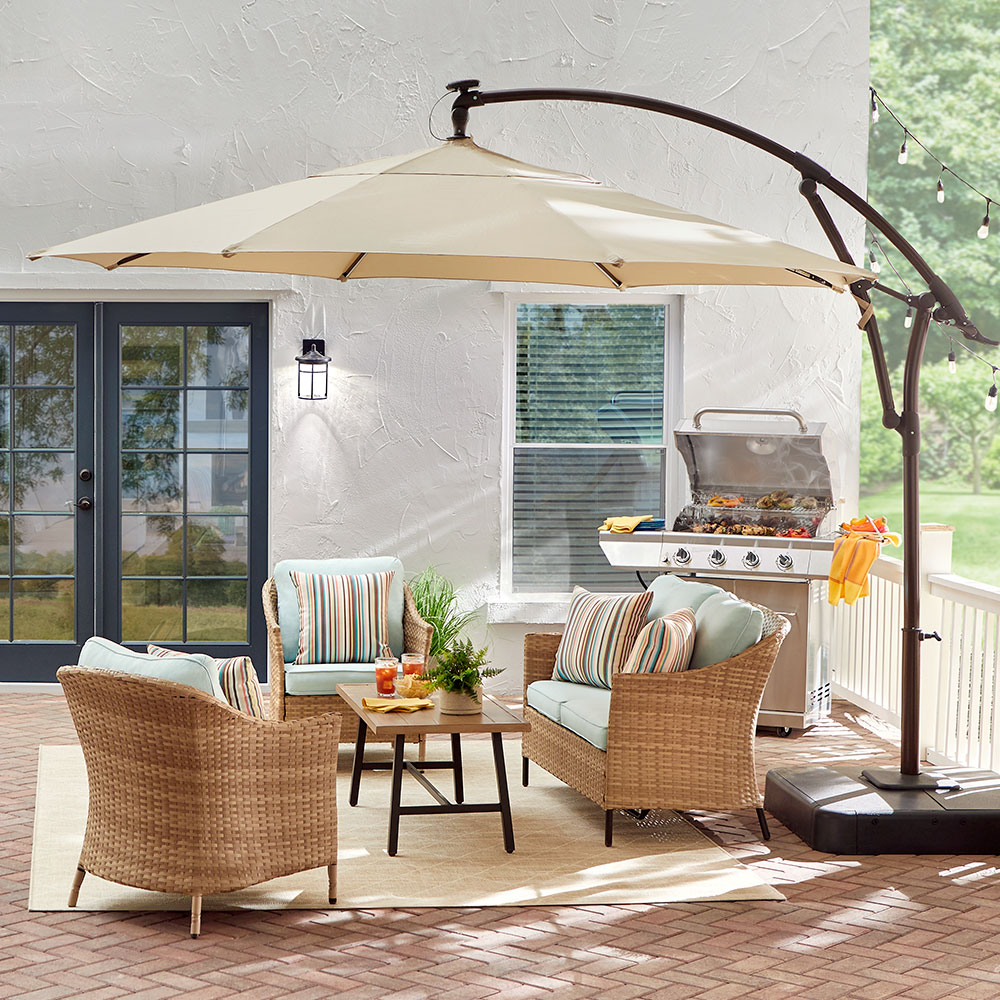
Last updated September 7, 2023
You know how hot your landscape gets in the summer months. When the sun shines and the temperatures soar, you need a shady haven to rest and cool down.
With a few design tricks, you can create a shady, cool haven anywhere in your yard. When you add cooling covers to your outdoor living space, you protect plants and create a beautiful, refreshing hangout in the hottest days of summer.
Read on to discover ideas for creating shade in your landscape, plus tips to help plants keep cool in extreme heat.
Table of Contents
Add a Pergola
Patio Elements
Plant Shade Trees
Grow Vines for Shade
Add a Pergola

When you install a pergola, you get relief from the hot summer sun and add a stylish entertaining space. A pergola is different from a gazebo – this outdoor structure features columns supporting a roofing grid that provides shade and partial protection for an outdoor living space. It’s often added as an extension to the home.
The main difference between a pergola and a gazebo is the latter has a roof, while a pergola has an open beam structure.
As well as offering a place to relax, pergolas frame your outdoor space with architectural style. Pergolas anchor the entertaining space in your backyard from sunup to sundown and beyond.
Pergola columns offer support to twining vines like bougainvillea and mandevilla, that in turn, help create shade. Many pergolas include trellises on the columns or as panels to train climbing vines. Vines grow quickly and act as both windbreaks and sun block.
You can purchase a pergolas and trellises, and you can also build your own with materials from The Home Depot. Look over the selection of ready-made pergolas and handle the installation yourself, or contact installation services for a consultation.
Patio Elements
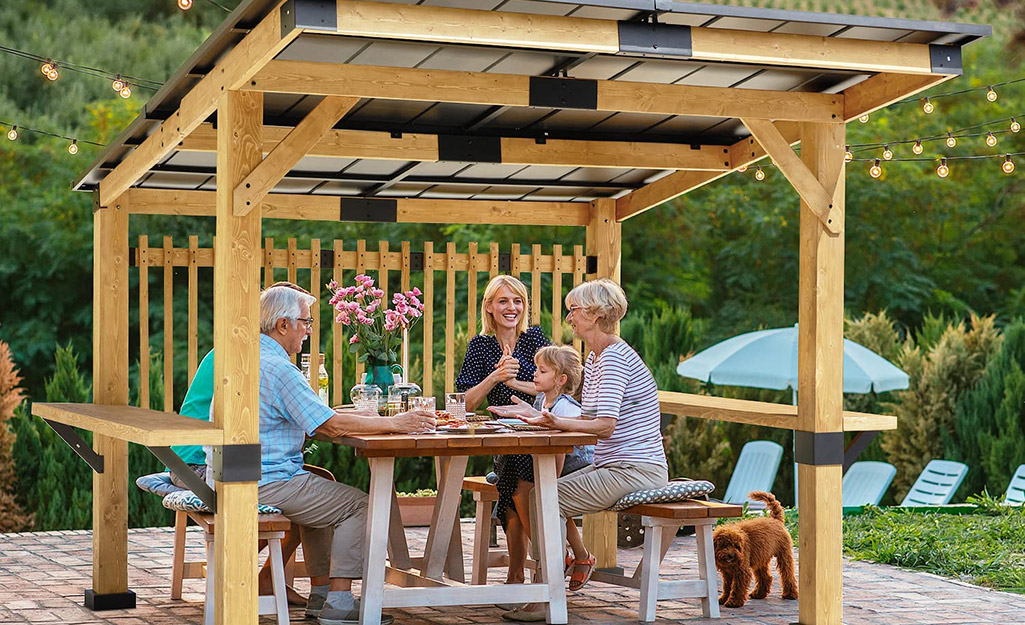
Pergolas bring shade to decks and patios, too. You can attach a pergola to an exterior wall, or, if you have room, set it up on the patio.
A popular solution for shade on your patio is an umbrella. Choose from a variety of patio umbrellas that are both useful and attractive additions to your outdoor space.
Cantilever umbrellas are supported by an offset, freestanding pole. That means you can suspend them in the air wherever the sun is too intense. The pole isn't in the center of the umbrella, which gives you extra room. You'll have plenty of space for tables and chairs under the canopy.
Market umbrellas usually have a center pole made of wood. They often have vented caps on top to let breezes blow through and gusts escape.
Patio umbrellas are usually designed to fit through a hole in an outdoor table. Sometimes they have a weighted base for stability and support. Solar-powered LED lights are available on some models, so you can keep enjoying the outdoors after the sun goes down.
Curtains and drapes aren’t just for windows inside your home. Outdoor curtains can be hung to shade any space that gets a lot of sun. Look for fabrics marked sun-resistant, UV-blocking and water- and mildew-resistant. They’ll last longer and stand up to the elements better than other fabrics.
Plant Shade Trees
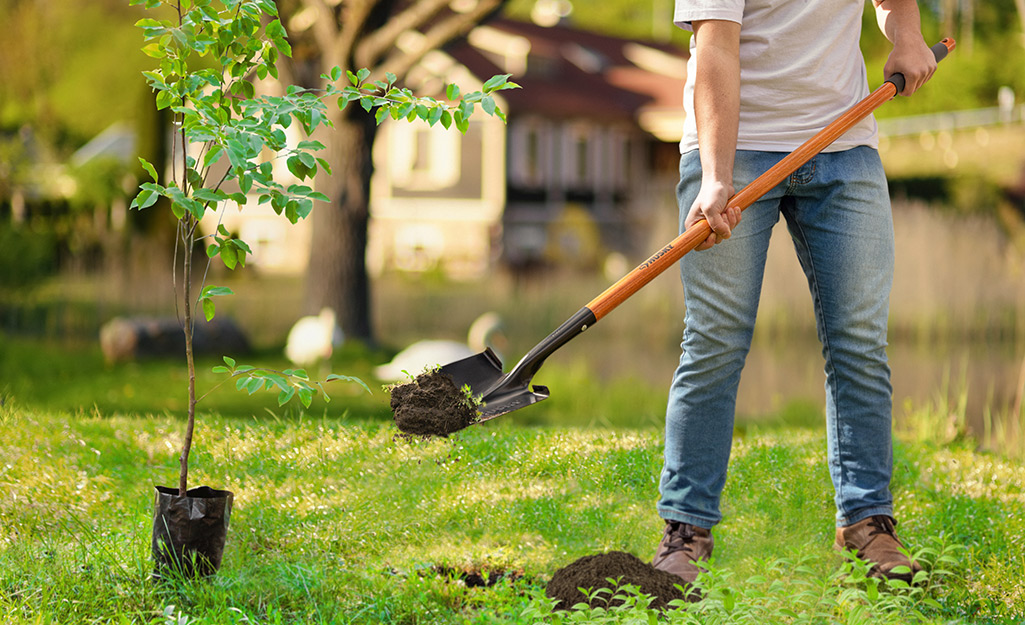
Trees offer many benefits to the home landscape, including cooling the area under their canopies. In fact, due to the water loss through leaves (called "transpiration"), trees reduce air temperatures in a natural air-conditioning process.
The first step in selecting a tree for your landscape is choosing an evergreen or a deciduous tree. Evergreens keep their leaves year round, while deciduous drop them in autumn and bud out again in the spring. If you want privacy or year-round interest, opt for an evergreen such as Douglas fir or white spruce.
More tips for adding trees:
- Choose a medium-to-slow growing tree, as fast-growing shade trees can be weak and short-lived. Look for a tree that will grow about 1 1/2 to 2 feet a year.
- Consider purchasing larger trees. They will provide shade sooner.
- Placement is key when planting a tree. Read labels to determine the size of the mature tree and follow guidelines for planting near utility lines.
- Avoid planting trees too close to your house. Shade trees have large roots that can damage your home’s foundation. Plant trees that grow 30 feet tall, a minimum of 10 feet from your house’s foundation and away from utility lines. Trees that grow 30 to 70 feet tall should be planted 15 feet from the foundation and lines, and trees growing 70 feet and taller should be planted 20 feet from the foundation and lines.
Grow Vines for Shade
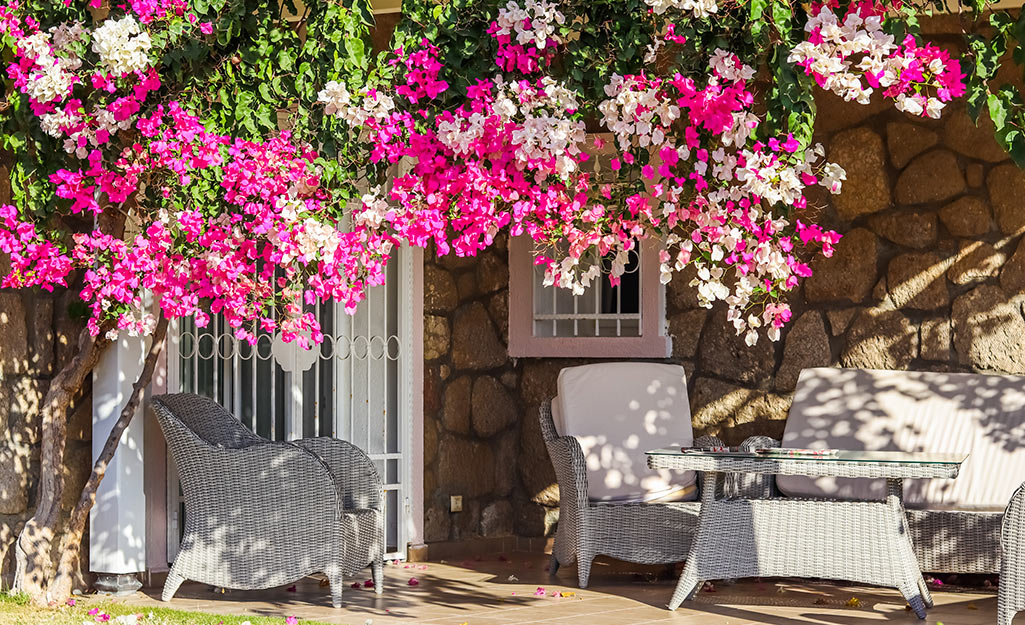
Vines are tough plants that work hard to provide cool, leafy shade when the temperatures soar.
Consider planting them on a trellis in your pergola and let the foliage and flowers cool down the space. Popular vines to try include: bougainvillea, cross vine, clematis, Black eyed Susan vine, morning glories, sweet peas and beans like scarlet runner bean.
While not vines, climbing roses like "New Dawn" as well as climbing hydrangeas can also provide shade and serve as windbreaks in hot summer sun.
Tip: Be careful of popular, but invasive vines like English ivy and Chinese wisteria. Consult plant tags for more information. Learn more about growing vines in your landscape.
Whether you need the right plants, garden tools for soil, The Home Depot delivers online orders when and where you need them.


